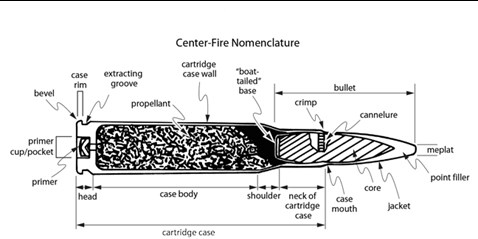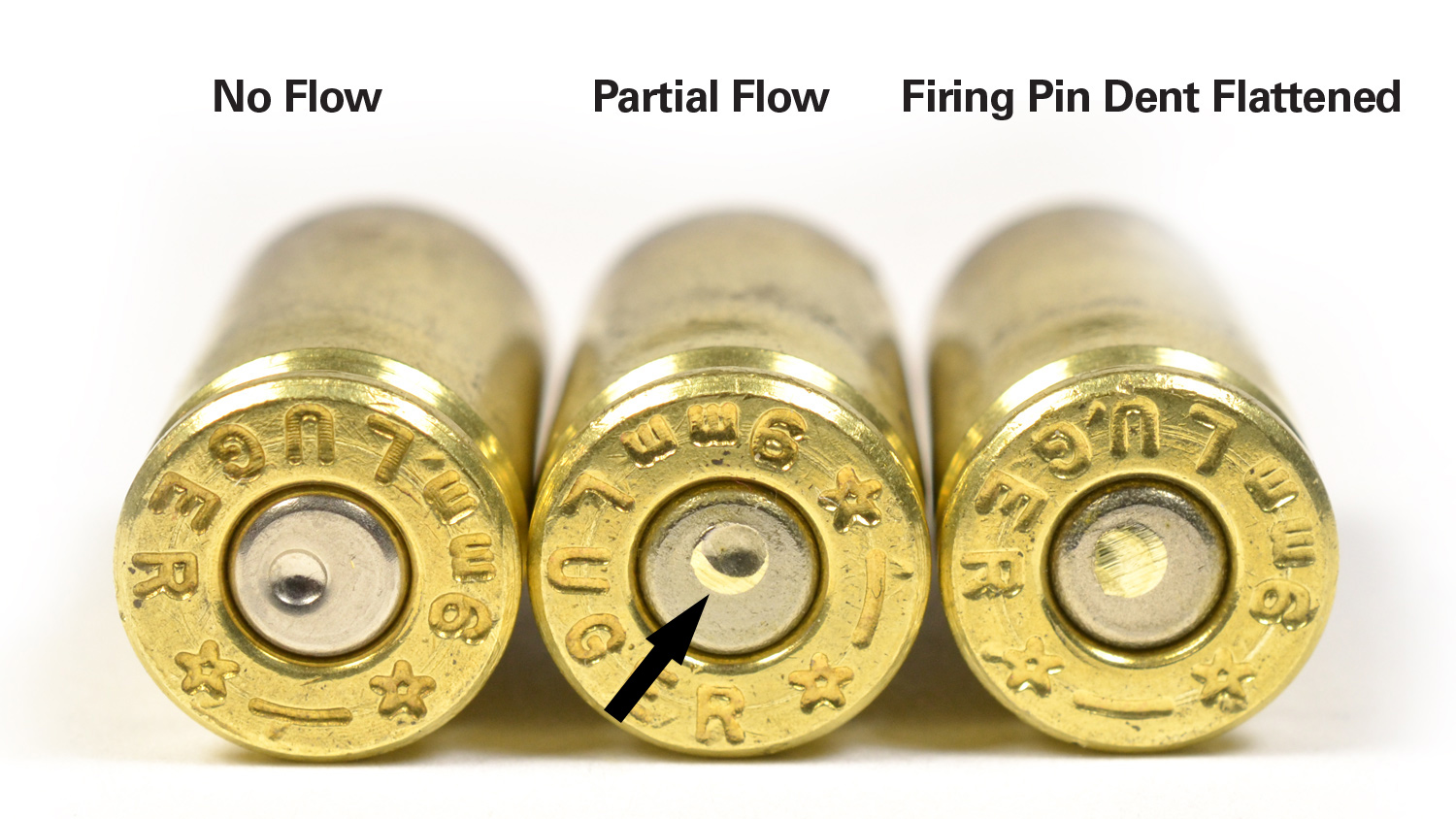The Best Strategy To Use For Cci Primers
Wiki Article
Facts About Remington Primers Uncovered
Table of ContentsA Biased View of Primers In StockThe 9-Second Trick For Cci Primers10 Easy Facts About Winchester Primers DescribedThe smart Trick of Remington Primers That Nobody is Talking AboutOur Rifle Primers Ideas
Part of the firearm cartridge for launching propellant burning In weapons and also artillery, the primer () is the chemical and/or device in charge of launching the propellant burning that will push the projectiles out of the weapon barrel. In very early black powder guns such as muzzleloaders, the primer was essentially the same chemical as the main propellant (albeit generally in a finer-powdered kind), however poured into an external flash pan, where maybe stired up by an ignition source such as a slow match or a flintlock though some muzzleloaders have primers like cap gun caps. reloading primers.
Instances include pistol cartridges, rifle cartridges, as well as shotgun coverings. Bigger weapons pieces in contrast normally use electrical priming. In weapons the guides are frequently a different part, positioned inside the barrel to the back of the primary propellant chargebut there are other examples of guns, consisting of as an example some automatic weapons, designed to shoot cartridges with essential electrical primers.
The 7-Second Trick For Cci Primers

This opening was full of carefully ground powder, which was after that sparked with a warm cinder or torch. With the development of hand-held firearms, this came to be an undesirable means of shooting a gun. Holding a burning stick while trying to pour a charge of black powder thoroughly down a barrel threatens, and also attempting to hold the gun with one hand while concurrently targeting at the target as well as trying to find the touchhole makes it extremely challenging to fire precisely. [] The first attempt to make the procedure of shooting a small arm much easier was the "matchlock".
, and also dried. After the gun was loaded and the touchhole primed with powder, the burning idea of the match was placed so that the lock would bring it right into call with the touchhole.
See This Report on Winchester Primers
This brought the suit down to the touchhole, igniting the powder. With mindful attention, the slow-burning match could be maintained melting for extended periods of time, and also the usage of the lock system made fairly exact fire feasible. The following revolution in ignition technology was the "wheel-lock". It made use of a spring-loaded, serrated wheel which massaged against an item of iron pyrite, similar to a modern lighter.

The protected flashpan likewise provided some capability to hold up against bad climate. primers in stock. Wind, rain, and also damp weather would provide a matchlock pointless, however a wheel-lock that was loaded as well as waterproofed with a little bit of grease around Check Out Your URL the flashpan might be discharged under many problems. The wheel-lock enjoyed just a short duration of popularity prior to being superseded by an easier, a lot more robust layout.
5 Easy Facts About Rifle Primers Explained
As the name implies, the flintlock used flint as opposed to iron pyrite. The flint was kept in a spring-loaded arm, called the "penis" from the similarity of its motion to a pecking chicken. The penis revolved through about a 90-degree arc as well as was held in the tensioned, or "cocked" position by a trigger. https://www.taringa.net/relodprim3rs/some-ideas-on-rifle-primers-you-should-know_5596r6.The "half-cock" position held the penis halfway back, and used a deep notch to make sure that shooting would not launch the dick. Half-cock was a safety and security position, made use of when filling, keeping or lugging a crammed flintlock. The "full-cock" placement held the dick all the way back and also was the setting from which the weapon was terminated.
It functioned as both a flashpan cover as well as a steel striking surface area for the flint. The frizzen was hinged and spring-loaded to ensure that it would secure the open or closed setting. When shut, the striking surface area was positioned so that the flint would strike at the correct angle to produce a stimulate.
A Biased View of Reloading Primers
The flintlock device was easier as well as more powerful than the wheel-lock, as well as the flint and steel gave a great, dependable source of ignition. The flintlock continued to be in army solution for over 200 years, and flintlocks are still made today for historical re-enactments and muzzle-loading target competitors, as well as for seekers that enjoy the extra challenge that the flintlock supplies.Percussion ignition was invented by Scottish clergyman Rev. Alexander John Forsyth in 1807 yet needed additionally improvements prior to it was progressively approved in the 1820s to 1830s. By the middle of the 19th century, the percussion or caplock system was well developed. It was adopted by both sides in the American Civil War, as it was simpler as well as more reliable than the flintlock.
The flashpan and also frizzen were removed as well as replaced by a tiny, hollow straight cylinder (drum) screwed into the bored-out and also touched flash hole and carrying a "nipple area" over which the cap could be fitted. A "hammer" which likewise had half-cock (for filling and applying the cap) as well as full-cock positions changed the penis.
Report this wiki page